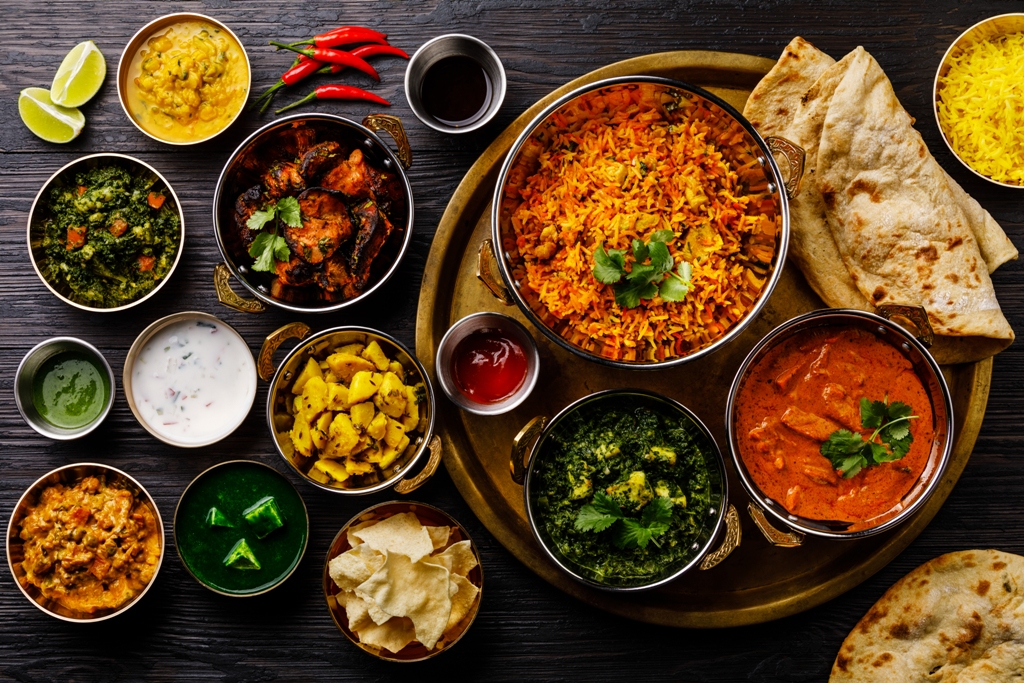
Hing, also known as asafoetida, jowani badian, hengu, inguva, and perungayam in India, is an important spice in Indian cuisine. Asafoetida, which is native to Iran and Afghanistan’s deserts, is made from the roots of a perennial herb called ferula and has a pungent odor. Because of the strong odor, asafoetida is normally kept in a separate airtight container to keep it from contaminating other spices. It has a pleasant flavor comparable to fried onions when cooked in ghee or oil.
Hing is an important ingredient in South Indian cuisine since it enhances the flavors of the meal. It’s commonly used in North Indian cooking alongside turmeric in dishes like dal, a range of vegetable recipes centered on potatoes and cauliflower, as well as chickpea curries. Asafoetida is commonly cooked in hot oil before being sprinkled over meals. It is used to improve the flavor of a variety of vegetarian and non-vegetarian cuisines. Because the Jain population in India does not ingest onion or garlic, asafoetida is essential. Several Indians also use it to replace garlic and onions, which are forbidden by some Eastern faiths and Ayurvedic treatment.
Hing pulls the dish’s diverse flavors together and improves the cooking. The spice matches up and balances all of the dish’s sweet, sour, salty, and spicy flavors, as well as giving it a distinct texture. It adds value to your most vital components and hence performs a crucial supporting function in your cooking. Hing, both dried and powdered, may be combined with salt and added to raw salads.
Hing is such a fantastic ingredient that it has a variety of applications outside of cooking, including traditional Ayurvedic medicine and other commercial uses. It’s often used as a preservative in fertilizer production and to keep the food free of microorganisms. Asafoetida is also commonly used in traditional medicine and is frequently advised as an influenza preventative strategy. Hing has good digestive characteristics, and it is frequently prescribed by doctors to persons suffering from constipation and other digestive problems.
With all of these incredible benefits, it’s no surprise that Hing is considered a superfood in its own right. It is one of the most important components of Indian cuisine and culture, and it has a relatively underappreciated function in our lives. So, pay extra attention to this great spice Hing this season, and don’t be put off by its sulfuric odor. A pinch of Hing may transform your cuisine into something magical.
You can use hing in any recipe after you’ve mastered the very simple procedure of tempering it. In general, hing complements foods with a strong onion flavor, such as French onion soup or potato leek. It may be used to make a killer béchamel sauce or an extra exceptional hollandaise sauce.
Hing, also known as asafoetida, is a spice that should be treasured by chefs and cooks all over the world.
Hing, also known as asafoetida, is sometimes mistaken with Monosodium Glutamate, also known as Ajinomoto, a kind of salt extensively used in Chinese cooking. They’re not the same thing! “Hing is a fascinating spice, but it must be used in the proper proportions.” Even a smidgeon too much overwhelms the meal, making it taste sour.”
Most of the time, asafoetida is included when tempering spices. Here’s how to do it the simplest way possible: Heat the butter or ghee (or any fat) in the pan, add a sprinkle of hing, and let it boil and cook in the butter until the flavor smooths out. You may now add the rest of your ingredients and spices to your recipe.

